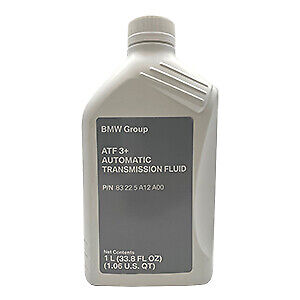The Role of the ATF in Law Enforcement and Public Safety

Introduction
The Bureau of Alcohol, Tobacco, Firearms and Explosives (ATF) is an essential agency in the United States, responsible for enforcing federal laws related to alcohol, tobacco, firearms, explosives, and arson. Although primarily an American institution, its operations have international implications, influencing discussions about public safety and crime prevention globally. The ongoing debates surrounding gun control, substance regulation, and arson highlight the importance of the ATF’s work and its relevance in current law enforcement discussions.
Recent Developments
Recently, the ATF has focused extensively on addressing the rising gun violence rates in the United States. According to the ATF’s latest statistics, in 2022, there was a 10% increase in firearm-related homicides compared to the previous year. This alarming trend has prompted the agency to intensify its collaboration with local law enforcement units to implement effective crime prevention strategies.
Additionally, the agency has been involved in several high-profile investigations and operations targeting illegal firearms trafficking. In August 2023, the ATF announced the successful dismantling of a major gun trafficking ring that was responsible for supplying firearms to street gangs across multiple states. These operations are vital in reducing illegal gun access and enhancing community safety.
Public Perception and Impact
The ATF has faced its share of criticism, particularly regarding how it enforces regulations and its role in the controversial debate surrounding the Second Amendment. Advocacy groups, both for and against gun control, often turn to the ATF’s actions as a focal point in their arguments. Supporters of strict firearm regulations view the agency as a crucial defender of public safety, while opponents sometimes see it as overreaching.
As the ATF continues to navigate these challenges, its ability to enforce laws while maintaining public trust remains paramount. Surveys indicate that a significant portion of the American public supports more stringent regulation of firearms, which could potentially bolster the agency’s efforts to reduce violence.
Conclusion
The ATF plays a pivotal role in regulating essential commodities that have significant implications for public safety. As the agency confronts ongoing challenges related to gun violence, illegal trafficking, and regulatory enforcement, its actions and policies will likely shape future law enforcement strategies in the United States and could have ripple effects internationally. Understanding the ATF’s role and missions can help foster informed discussions about gun control and safety measures that impact communities everywhere.



